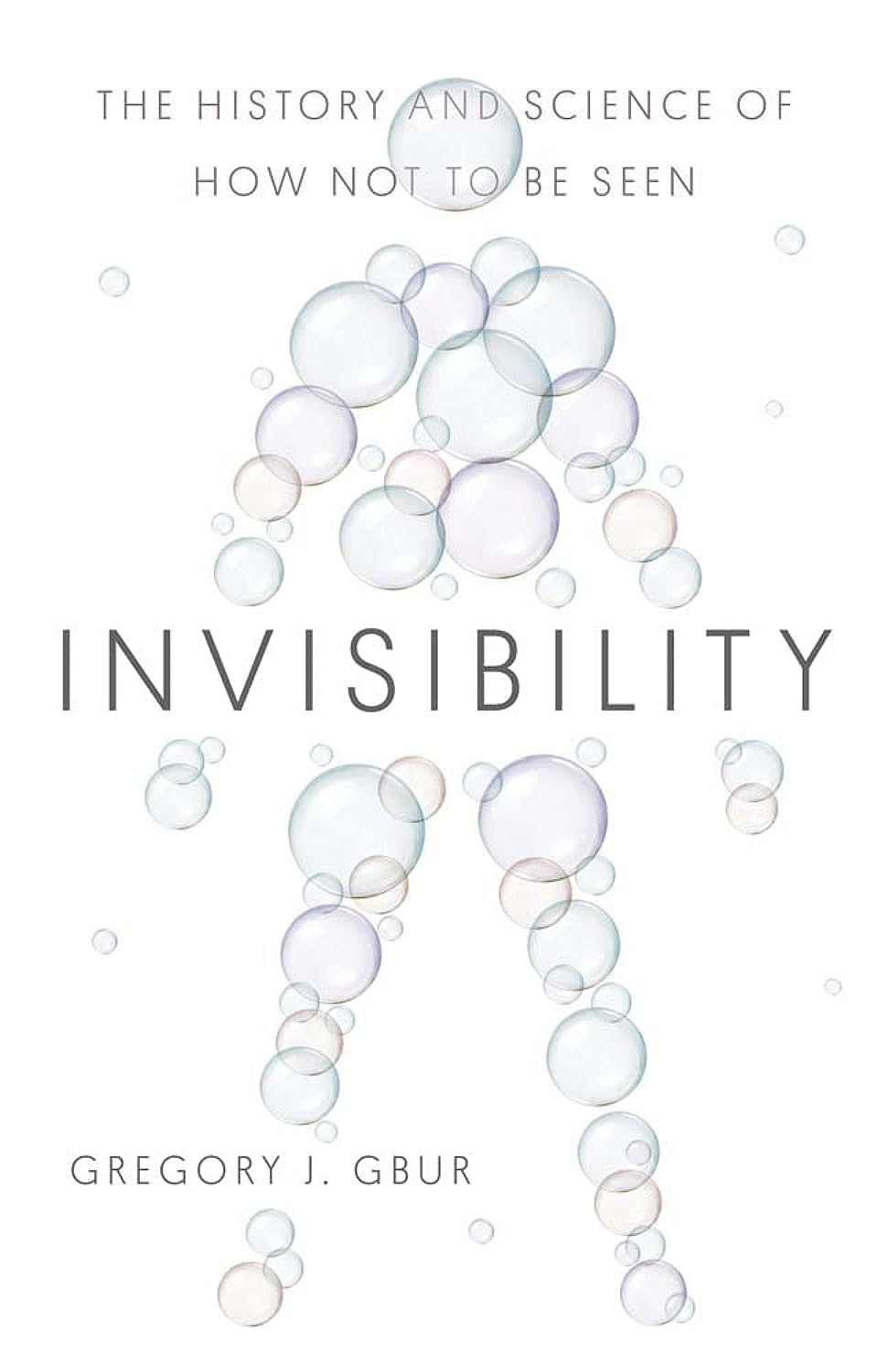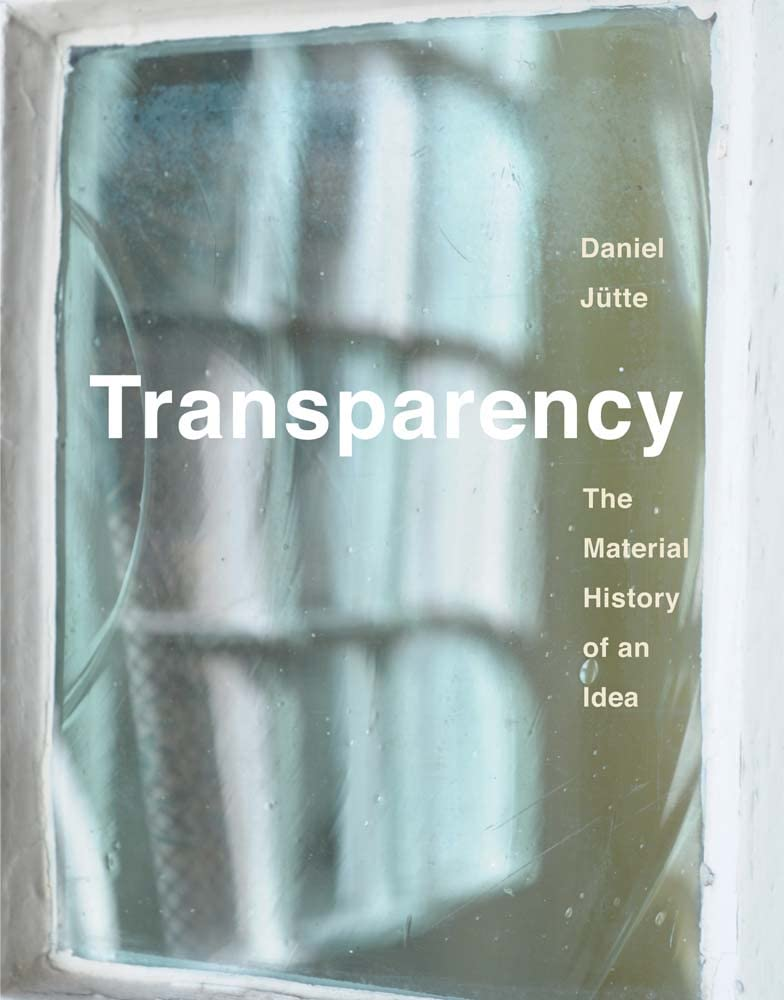As Gbur tells it, the quest for invisibility ran closely alongside the search for the least parts of matter, beginning with the recognition that everything consists of invisible particles surrounded by emptiness and bound together by forces of attraction. Ancient Hindu sages and Greek philosophers had suggested this, and Newton favored the idea, though the atomic view didn’t take hold until the nineteenth century, when John Dalton developed a theory of tiny particles, identical and interchangeable, as the elementary constituents of matter. This laid the groundwork for modern chemistry. Even then scientists were still speculating—using inference and guesswork to construct a theory of things too small to be seen directly—and fiction writers speculated with them.
The imaginary scientist in another O’Brien story is an explorer with a microscope. “I imagined depths beyond depths in nature,” he says. “I lay awake at night constructing imaginary microscopes of immeasurable power, with which I seemed to pierce through all the envelopes of matter down to its original atom.” We have those now: electron microscopes and scanning tunneling microscopes, which can resolve particles far smaller than the wavelengths of ordinary light.
Also driving the fascination with invisibility was the paradoxical discovery that light itself can be invisible. William Herschel, musician turned astronomer, realized in 1800 that the sun emits “invisible rays”—what we now understand as infrared and ultraviolet light, radiation at wavelengths too short and too long to be detected by the human eye. It turns out that the visible spectrum is pitifully narrow. Of the universe’s full electromagnetic splendor, our eyes perceive only a sliver.
The notion of invisible rays made other forms of invisibility all the more plausible. “The human eye is an imperfect instrument,” says the narrator of “The Damned Thing,” an 1893 story by Ambrose Bierce:
Its range is but a few octaves of the real “chromatic scale.” I am not mad; there are colors that we cannot see.
And, God help me! the Damned Thing is of such a color!
Of course, the Damned Thing is another invisible monster.
With the progress in optics came a growing understanding of the gulf between what we see and what is really there. Light does strange things on its way from the object to the eye, and the brain has to do its best—which is often not very good at all—to make sense of the signals being passed its way.



